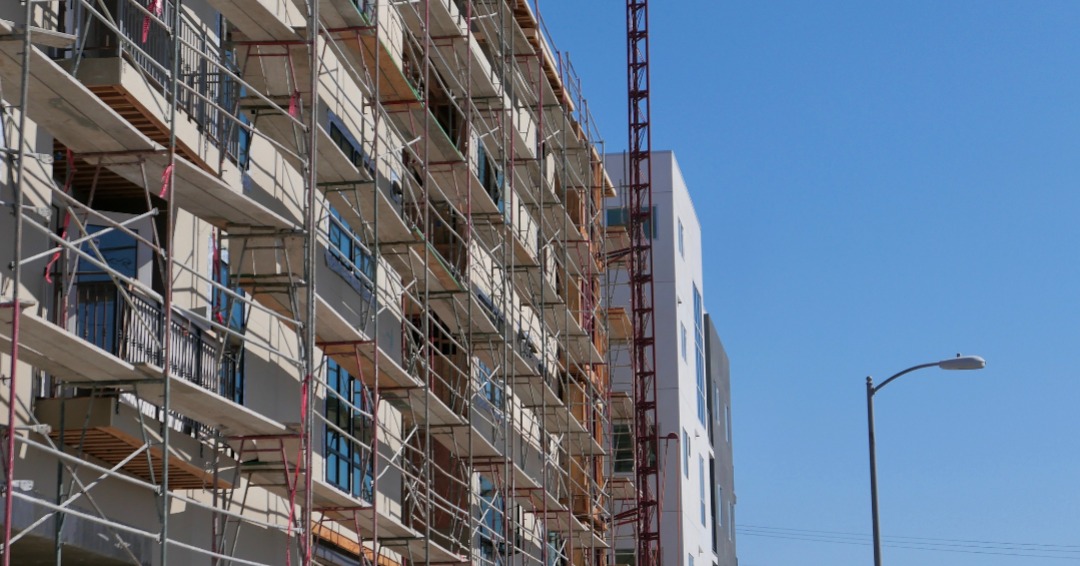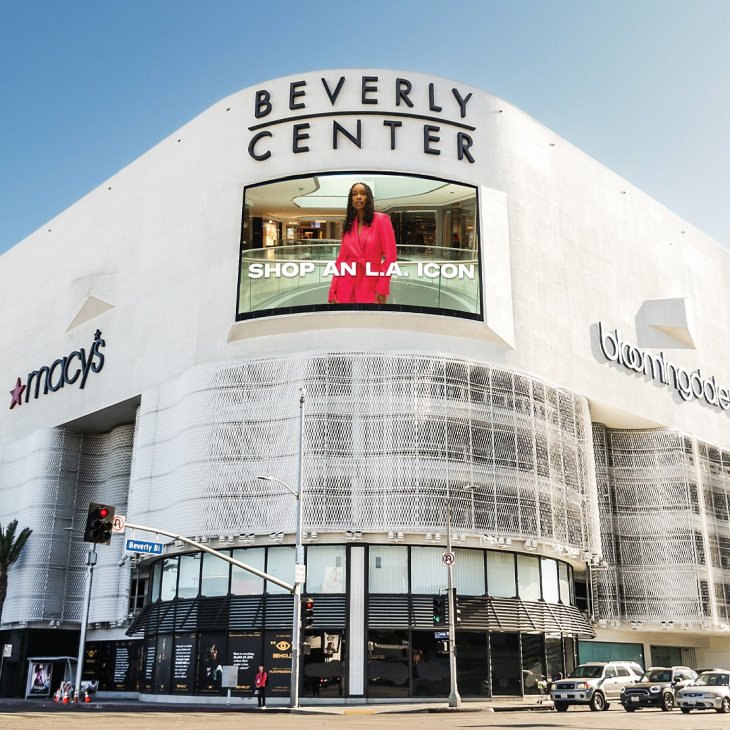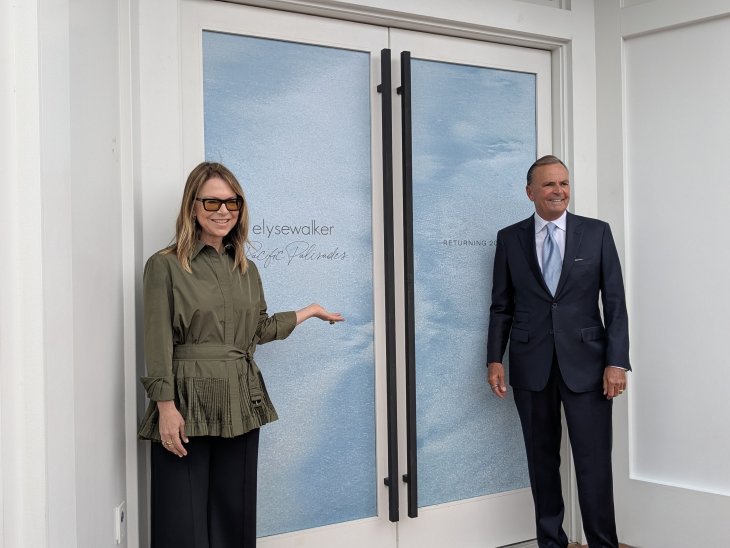“Midwest Bucks Trend as Rents Rise – New Opportunities for Savvy Renters
In November, the median asking rent in the United States witnessed a significant year-over-year drop of 2.1%, hitting $1,967—a substantial decline not seen since February 2020, as reported by Redfin. Additionally, there was a 0.6% decrease from October. This downturn is directly linked to the surge in available apartments resulting from a recent construction boom, leading landlords to grapple with an upswing in vacancies. Midwest asking rents are the exception.
Over the past 18 months, the rental market’s momentum has tapered off due to the surplus of available apartments stemming from recent construction activity. Landlords, facing intensified competition for tenants, are sometimes strategically lowering asking rents, offering renters more favorable deals.
Daryl Fairweather, the Chief Economist at Redfin, has noted a perceptible shift, highlighting that renting is becoming a more attractive option, especially with the persistently high costs of homeownership. Despite this, there remains a possibility that more renters may transition to the homebuying market next year as home-sale prices and mortgage rates are expected to decline.
Certain landlords are employing tactics such as one-time incentives like a free month’s rent or reduced parking costs to entice tenants. These incentives are influencing the overall amount renters pay, potentially decreasing more rapidly than indicated in the available data.
The decline in rents is multifaceted, attributed to economic uncertainty, slowed household formation, affordability challenges arising from inflation and pandemic-induced rent surges, and emerging signs of a slowing economy. This economic landscape is prompting Americans to adopt a more frugal approach.
Despite the recent decrease, current rents remain significantly higher—22.1%—than pre-pandemic levels in November 2019. They are only 4.2% below the record high of $2,054 reached in August 2022.
Meanwhile, apartment construction in the U.S. continues at a robust pace, with a 7% year-over-year increase in completed apartments in the third quarter, reaching a seasonally adjusted annual rate of 1.2 million—one of the highest levels in the past three decades. However, the number of apartment buildings with ongoing construction has experienced a 26.2% year-over-year decline in the third quarter, signaling a potential shift in the trend.






















